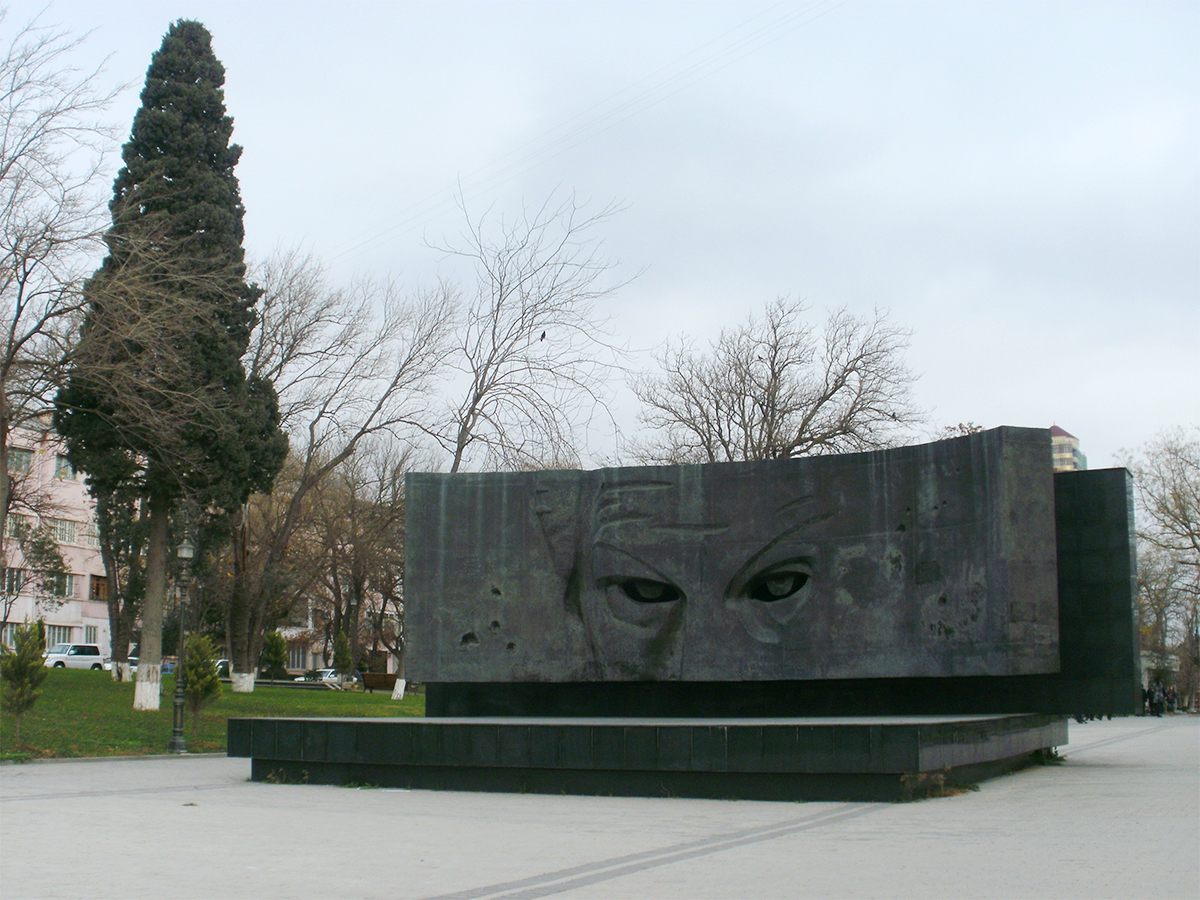Area: 86,600 km2
Inhabitants: 9.2 m
Capital city: Baku
Official language: Azerbaijani (Azeri)
Currency: Manat
A history shaped by Persia
This extraordinarily diverse region, with the Great Caucasus in the north and the Talysh mountains on the border with Iran, has been inhabited since the early Stone Age and is known for its biodiversity. After the conquest by Alexander the Great in 331 BC the independent state covering the territory of present-day Azerbaijan was called Atropatene. While the northern part, known as Caucasian Albania, was Christian-orientated, Atropatene followed the teaching of Zarathustra, until the Arabs imposed Islam. In the 16th and 17th centuries the area was protected by the Persians who had ruled over it against the Ottoman Empire since the 9th century under changing dynasties, interrupted only by the Mongol invasion.
Swabian Pietists seek religious freedom
The largest settlement of Swabian Pietists, who were hoping above all for tolerance in matters of faith, was founded in 1817 in Helenendorf, today’s Göygöl. At that time, with the treaties of Gülistan (1813) and Turkmenchay (1828), northern Azerbaijan had fallen to the Russian Empire, while the southern area remained part of Persia.
A spirit of awakening in the 19th century
 In the morning in Helenendorf/Göygöl
In the morning in Helenendorf/Göygöl
In addition to wine, which the German settlers cultivated in their colonies and most of which they sold, the extraction of oil aroused a lively interest among German entrepreneurs in the second half of the 19th century. In the region around Baku, especially on the Absheron peninsula, the dark, viscous liquid, which often made its way to the earth's surface with a flame, had been known since time immemorial. Atropatene, the land of fire, may even owe its name to this phenomenon. In the course of the industrial boom and the discovery of new mining techniques, and also because of its convenient location on the Caspian Sea, Baku experienced a rapid international development, which was also stimulated by German merchants, craftsmen and industrialists.
Soviet rule
After a brief period from 1918-1920 of independence as a bourgeois-democratic republic, in whose parliament there was also a German representative, Azerbaijan was not able to gain independence for a second time until 1991. Initially part of the Transcaucasian Federation, it was one of the 15 independent republics of the Soviet Union from 1936. After a renewed boom in the 1920s, the German colonists and the German inhabitants of Baku fared badly, witnessing progressive nationalisation and collectivisation, as well as becoming victims of repression and arbitrary arrests. From 1941, all Germans who did not live in mixed marriages were deported.
Revived German traditions in Azerbaijan
In Baku, the Evangelical Lutheran Church and its parish hall were reconstructed in 2010 and converted into a cultural centre. In 2011, Azerbaijan's first woman pastor was ordained to serve there. With the resumption of viticulture, the former Helenendorf is trying to promote its wine, and traces of German presence are also being preserved in other former German settlements – such as the Protestant church in Shämkir, formerly Annenfeld, which was built in 1909.
Our suggested tip
The monument to the journalist and spy for the Soviet Union, Richard Sorge, who was born in Baku in 1895, can be found in a park north of the city centre. His father, born in Wettin, had already come to the oil fields of Baku as an engineer in the second half of the 19th century and had specialised in oil extraction techniques. Through his excellent network of contacts, Richard Sorge was able to warn Stalin of Hitler's attack – which he fatally ignored – and also to inform him that Japan would not attack the Soviet Union in the East. This allowed Marshal Zhukov to withdraw troops in Siberia and stop Hitler's advance just before Moscow.
German literature and tips
dies.: Deutsche Winzer im multiethnischen Umfeld Aserbaidschans. Der Erinnerungsbericht des Julius Vohrer (1887–1979), hg. u. komm. v. Eva-Maria Auch, Berlin 2011.
Hummel, Jakob: Das heimatkundliche Museum zu Helenendorf in Aserbaidschan. Moskau 1929.
Mietag, Esmail: Meine Fahrt durch (Süd-)Aserbaidschan. Berlin 1998.
Reiss, Tom: Der Orientalist. Auf den Spuren von Essad Bey. Berlin 2008.
Reitenbach, Edgar: Vom Kaukasus nach Kasachstan. 3 Bände. Dortmund 2005-2007.
Schweinitz, Hans-Hermann Graf von: Helenendorf. Eine deutsche Kolonie im Kaukasus. Berlin 1910.
Links
Helenendorf
Ein Artikel über Helenendorf im Eurasischen Magazin.
Deutsche in Aserbaidschan
Informationen zum deutschen Einfluss auf die Entwicklung Aserbaidschans.
Eurokaukasia
Der Verein Eurokaukasia bietet eine Plattform zum Wissensaustausch zwischen den Menschen Europas über den Kaukasus bis Asien.
